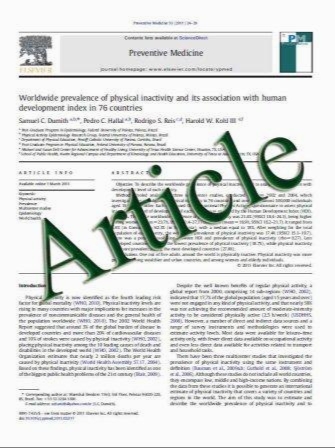A measure for quantifying the radiopacity of restorative resins
- نوع فایل : کتاب
- زبان : انگلیسی
- مؤلف : Jaideep Sur • Atsushi Endo • Yukiko Matsuda • Kazuo Itoh • Tsuguhisa Katoh • Kazuyuki Araki • Tomohiro Okano
- چاپ و سال / کشور: 2010
Description
Objective To evaluate the utility of the X-ray attenuation coefficient as a measure for quantifying the radiopacity of restorative resins at different exposure times and film speeds. Materials and methods Five restorative resins were made into disks, measuring 10 mm in diameter with thicknesses of 0.5, 1.0, 1.5, 2.0, and 2.5 mm. These resin disks, an aluminum step wedge, and a lead disk were placed on size 4 Ultraspeed D and Insight E/F films. X-ray parameters were 65 kVp, 10 mA, and 30-cm focus-to-film distance. Exposure times were 0.3, 0.15, and 0.10 s for the D-speed films and 0.15, 0.10, and 0.05 s for the E/F-speed films. At each exposure setting, three D- and E/F-speed films were exposed and processed immediately with an automatic processor. The optical density was measured with a transmission densitometer. The net optical density (D) was used to calculate the linear attenuation coefficients (l) using lnD = -lx ? lnD0, where D and D0 denote the optical density of the specimen and background, respectively. Results The linear attenuation coefficients (mm-1) of the five restorative resins were 0.24–0.27 for Sorare, 0.30–0.34 for Estelite, 0.36–0.39 for Gradia, 0.51–0.54 for Clearfil AP-X, and 0.52–0.56 for Beautifil. These were all higher than that of dentin (0.15–0.19). There was no significant difference in the attenuation coefficients at different exposure times or film speeds. Conclusions Attenuation coefficients can be used instead of aluminum wedges of equivalent thickness to quantify the radiopacity of restorative resins.
Oral Radiol (2011) 27:22–27 DOI 10.1007/s11282-010-0055-4 Received: 25 July 2010 / Accepted: 5 November 2010 / Published online: 7 December 2010


